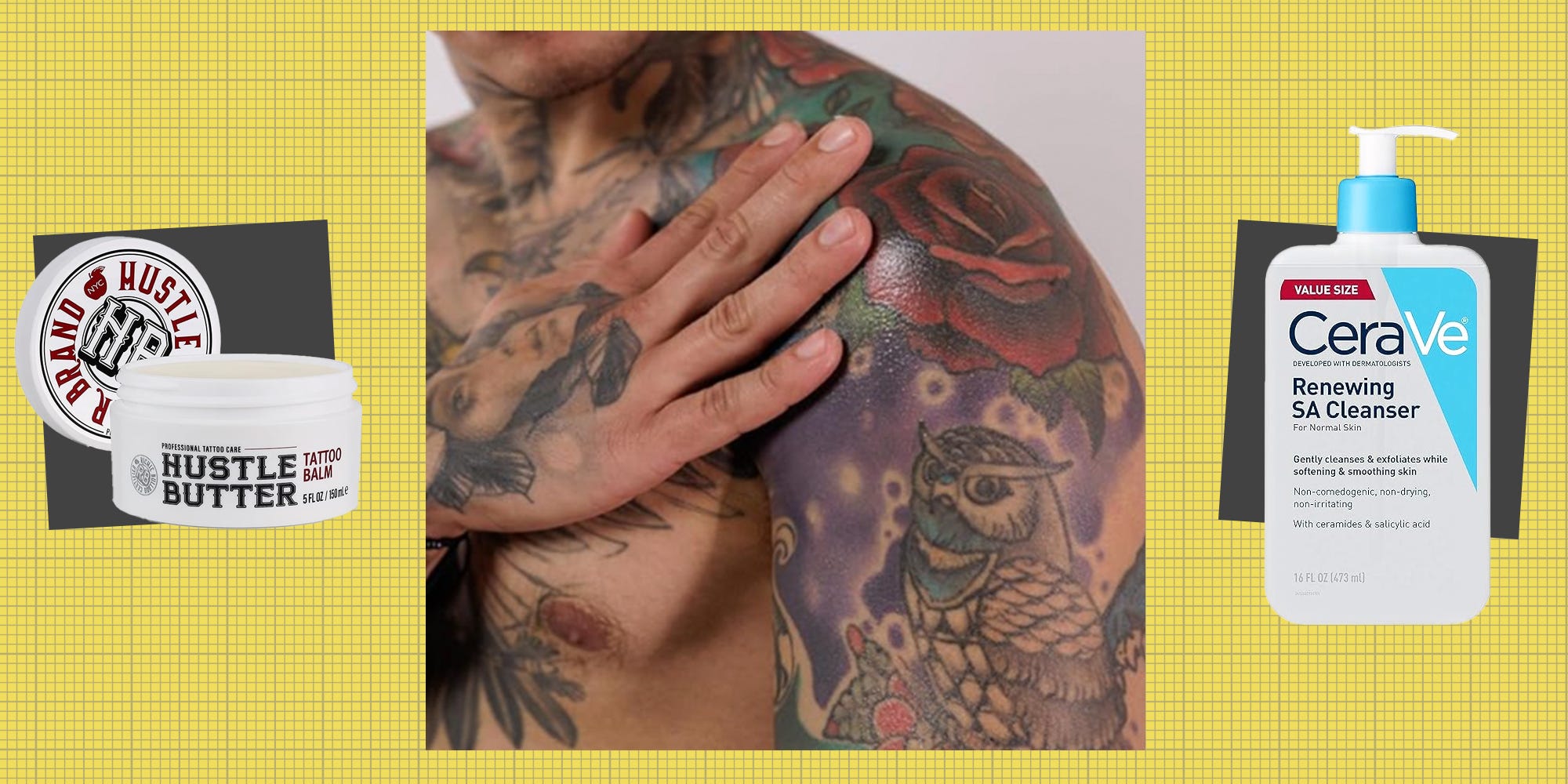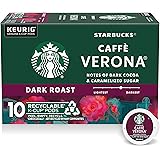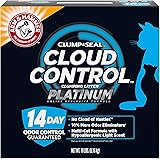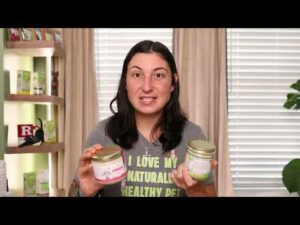Unlock the Secret Tattoo Care Tips Dermatologists Swear By — Your Ink Will Never Look Better!
Ever wonder what that first tattoo really means beyond the buzz of the needle and the cringe-worthy design that only your emo music crew gets? My first ink—a scrappy Modern Baseball logo that most just see as a dog in shades—felt like a bold, if slightly foolish, badge of honor. But here’s the kicker: getting tattooed isn’t just about the art you wear; it’s about the marathon afterward, keeping that ink sharp and your skin battle-ready. Think you’re done the moment the session ends? Think again. Proper care is a beast of its own—one that requires strategy, patience, and some serious skin discipline if you want your tattoo to scream ‘legend’ instead of looking like a faded, sad story. Ready to dive into the real tattoo game? Let’s talk about the skin rituals that’ll keep your ink immortal. LEARN MORE.
MY FIRST TATTOO was a little silly, like most early ink. The large-ish piece on my left thigh always raises eyebrows and sparks chin-rubbing when I break out the short shorts. To fans of fourth-wave Midwest emo music, it’s the original Modern Baseball logo; to everyone else, it’s a dog wearing sunglasses.
I got the tattoo with a few other recovering sad boys from my hometown, hoping it might inspire the band to reunite (still holding out, honestly). Instead, we got scuffed by a self-serious local artist who sneered, “Did one of you draw this as a kid or something?” What he didn’t mention, as he rolled his eyes while I searched for deeper meaning behind the ridiculous design, was that the journey doesn’t end when the ink dries. This is only the beginning for your skin.
Sure, everyone knows you should wash and moisturize a new tattoo, but aftercare isn’t that simple. If you want to maintain the shape, definition, and color of your tattoo, as well as keep your skin healthy, there are a few steps to follow that extend beyond—and before—the first couple of days after getting inked.
What to Do Before Getting a Tattoo
Dermatologist Dr. Hannah Kopelman, MD, always tells her patients to treat their skin like a canvas before getting a tattoo because the healthier and more hydrated the skin is, the better it will accept ink. She recommends starting a gentle exfoliation routine about a week before the appointment, using a mild product such as CeraVe Renewing SA Cleanser or First Aid Beauty KP Bump Eraser. Then keep the skin moisturized with a non-comedogenic lotion, like Vanicream Daily Moisturizer or La Roche-Posay Lipikar, to maintain a healthy barrier, she says.
It’s also important to avoid retinol, acids, and self-tanners at least a week before and two weeks after a tattoo, since they can thin the skin, affect pigment, and slow healing, Kopelman says. Dermatologist Dr. James Y. Wang, MD, recommends keeping the area free of dryness, irritation, or active breakouts ahead of getting inked, as well. Staying well-hydrated and skipping alcohol the day before further helps reduce bleeding and irritation during the session, according to Dr. Kopelman. Then, your skin is ready for ink.
What to Do Immediately After Getting a Tattoo
You’re all done. You get up from the chair to check out your new tattoo in the mirror—and probably take a picture for Instagram. Okay, now what? Tattoo aftercare starts immediately because the first 48 hours are crucial for your skin. As Kopelman explains, your new piece is essentially an open wound at this point. A tattoo needle creates tiny wounds as it deposits pigment into the dermis, triggering inflammation in the first two days, she says. That’s why immediate aftercare is so important because bacteria or irritation can cause infection and fade the ink. But the solution is simple: keep it clean, lightly moisturized, and protected.
The first thing you should do is wash your new tattoo—you can do this in as little as five hours after getting it. Then, for the next few weeks, you should wash the area twice a day. Kopelman recommends doing so with lukewarm water and a gentle, fragrance-free cleanser such as Dove Sensitive Skin Bar Soap or the Cetaphil Gentle Cleanser. Be sure to pat dry with a clean paper towel or soft cloth rather than rubbing, she adds. Dr. Wang explains that rubbing can remove scabs prematurely and interfere with ink setting, which can negatively affect the look of the art. He adds that air-drying can be an option, as well, given you’re in a clean environment to avoid bacteria exposure.
Don’t moisturize until 24 to 48 hours when the tattoo stops weeping. This is when a small amount of ink-tinted fluid seeps from a new tattoo as the body’s immune system kicks off the healing process. To be clear, this is completely normal and nothing to be worried about. Once this process is over, Kopelman says to start by moisturizing with petroleum-based products, like Aquaphor Healing Ointment or Vaseline Advanced Repair, a few times a day. However, it’s important not to overuse these thicker ointments, as this can clog pores and slow the healing process. After a few days, switch to a lightweight lotion. Eucerin Advanced Repair Cream and Aveeno Skin Relief Lotion are Kopelman’s picks.
I’ve also had success with dedicated tattoo creams, like Hustle Butter and Mad Rabbit Replenish, as they’re both devised specifically for treating and maintaining body ink with gentle, non-greasy formulas that feature soothing natural ingredients, like shea butter and seed oils. But be sure to keep it to these two steps for the first four to six weeks, as Dr. Wang warns that over-treating is one of the most common mistakes. When you use too many products, it might trap bacteria and delay healing. This oversight is second only to not moisturizing at all, which will lead to cracking or uneven texture.
What Not to Do Immediately After Getting a Tattoo
That said, what you avoid after getting a tattoo matters just as much as what you do. Whatever moisturizer you use to keep the area hydrated, be sure it doesn’t include any fragrance, alcohols, or other irritants, as these will only aggravate the skin and prolong the healing process. Not to mention, it could fade the ink and cause infection.
Both dermatologists warn against wearing tight or synthetic clothes that trap sweat after getting tattooed. Stick to loose, breathable cotton because friction slows healing and can pull ink from your skin. Then wait at least two weeks to exercise, as sweat will irritate the skin. For swimming, Dr. Kopelman says to hold off three to four weeks after getting inked, as pools, hot tubs, and oceans all carry a risk of infection. Finally, avoid the sun like you’re early aughts Robert Pattinson for at least four weeks. Dr. Wang explains that UV rays break down ink pigments and accelerate fading, even on healed tattoos, which leads us to my parting advice.
Long-Term Tattoo Care
If you just got a tattoo, I hope I’m not the one breaking it to you that it’s permanent. But that commitment also doesn’t end once you leave the chair. Dr. Wang says that long-term tattoo care mirrors general skincare—it requires consistent hydration and regular sun protection to stay healthy and looking great. If you’re going to be exposed to the sun, you need to be applying sunscreen with at least SPF 30 to your tattoo first—forever. To be honest, this holds true for any exposed skin. For ink, Kopelman recommends bumping up closer to SPF 50 for added protection, with EltaMD UV Clear SPF 46 or La Roche-Posay Anthelios Melt-In Milk SPF 60 Sunscreen. These will keep tattoos looking crisp and prevent fading, she says.
If your tattoo has already begun fading, don’t fret. Kopelman has a solution for you. When a tattoo fades or skin texture turns uneven, she recommends gentle resurfacing with non-ablative lasers or microneedling to brighten and smooth skin without disturbing the ink. Then pair this with serums including antioxidants or niacinamide to boost radiance and protect pigment. The Innisfree Vitamin C Rapid Dark Spot Serum will be great here, or you can never go wrong with the Ordinary Niacinamide 10% + Zinc 1% Serum.
Everything You Need to Care for Your Tattoo
Meet the Experts
More Grooming Essentials
Budget Skincare Routine | How to Shave | How Often to Wash Your Hair | How to Trim Pubic Hair | How to Cut Your Own Hair |How to Trim Your Beard | How to Trim Nose Hair | How to Maintain Your Trimmer | Best Beard Trimmers | Best Nose Hair Trimmers | Pubic Hair Trimmers | Best Hair Clippers | Best Cordless Clippers | Best Back Shavers | Best Head Shavers | Best Body Groomers | Best Razors | Best Electric Razors | Moisturizers With SPF | Facial Sunscreens | Moisturizers for Men | Bar Soaps for Men | Face Scrubs for Men | Face Wash for Acne for Men | Body Washes for Dry Skin
Sean Zucker is the Grooming and Commerce Editor at Men’s Health. He brings over half a decade of experience covering health, wellness, and lifestyle. When Sean’s not writing about hair products, you can find him running for exercise, or toward the nearest food truck.
Christian is the deputy commerce editor at Men’s Health and Women’s Health, where he oversees shopping content for both brands. He started his magazine career as an accessories assistant at Vogue, and has since held editorial roles at Tatler Asia and The Manual. When he’s not online shopping, you can find him on long walks with his two corgis.




















Post Comment